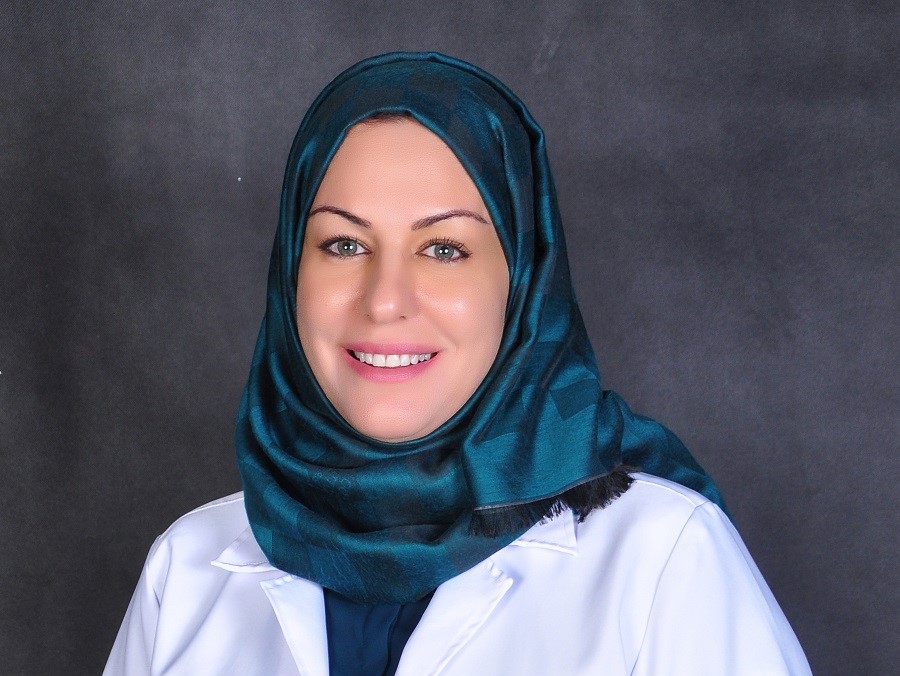
The Importance of Examining Students’ Eyesight at the Beginning of the New School Year Dr Nada Al Youssef Reiterates to “Al Khaleej Al Tibbi”; Medical Section of Akhbar Al Khaleej Newspaper: “Regular Eyesight Examinations are Necessary from the Age
Arabian Gulf University
03 Sep, 2024
Dr Nada Al Youssef, Consultant Ophthalmologist and Cornea Surgeon, has emphasised the critical need for regular eye examinations for children and adolescents, particularly with the onset of the new school year. She underscored the necessity of eye assessments for children aged 3 to 5 years to prevent conditions such as lazy eye, medically known as amblyopia. One of the primary contributors to lazy eye is the failure to diagnose and treat poor vision during early childhood.
Dr Al Youssef pointed out that one of the most prevalent causes of lazy eye is strabismus, which can result from refractive vision defects such as hyperopia, or from a significant disparity in refractive errors between the two eyes. If diagnosis and treatment are delayed beyond the age of six, there is a risk of permanent visual impairment in the weaker eye. This occurs because the brain may disregard the blurred image from the weak eye while favouring the clearer image from the stronger eye, leading to underdevelopment of the neural pathways connecting the weak eye to the brain. As a result, persistent visual weakness, known as amblyopia, develops.
These issues can be effectively managed in childhood through the prescription of appropriate eyeglasses. In some cases, occlusion therapy, which involves covering the healthy eye for a specified duration, may be necessary to encourage the brain to accept input from the weaker eye.
Dr. Al Youssef cautioned that without early diagnosis and intervention, individuals may experience lifelong visual impairment in the affected eye, which is unlikely to improve with treatment later in life. Therefore, it is crucial to conduct eye examinations for children before the age of six, ideally between 3 and 5 years, to identify any vision problems and initiate timely treatment to prevent amblyopia.
Moreover, correcting vision defects in children and adolescents is vital for academic success. Weak vision can hinder a student’s performance, often leading to academic struggles that may potentially be resolved with corrective eyewear. For adolescents, it is imperative to have an eye examination at the beginning of the school year to detect and address refractive vision defects such as myopia, hyperopia, and astigmatism.
Dr Al Youssef underlined that keratoconus, a condition that particularly affects adolescents and young adults, can only be diagnosed through specialised examinations conducted in eye clinics. This eye disease is notably prevalent in the GCC and the Middle East, affecting nearly 19 percent of adolescents in the region. Regular monitoring is essential for this category, including routine eye tests and topographic imaging of the cornea to facilitate early detection of keratoconus. The cornea should appear transparent and circular; however, changes to a conical or irregular shape can result in visual impairment, primarily manifesting as myopia and astigmatism.
She further explained that in advanced stages, scarring may occur on the cornea, which compromises its transparency and leads to significant visual decline. Early diagnosis of keratoconus is critical to prevent progressive vision deterioration, which may ultimately require corneal transplant surgery.
Dr Al Youssef added that with timely intervention, preventive treatments using collagen crosslinking technology are now available to strengthen corneal tissue, thereby stabilising vision and mitigating further deterioration.
